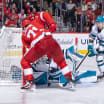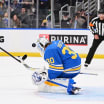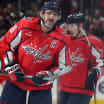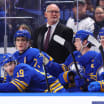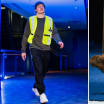In his second NHL season, Sheary has 50 points (21 points, 29 goals) in 55 games. He had 10 points (seven goals, three assists) in 44 games as a rookie last season.
Sheary is expected to be in the lineup when the Penguins face the Chicago Blackhawks at PPG Paints Arena (8 p.m. ET; NBCSN, TVA Sports, NHL.TV) in a Wednesday Night Rivalry game.
Sheary is day to day with a lower-body injury sustained after playing 3:56 against the Philadelphia Flyers on Sunday. He practiced Tuesday on a line with Crosby and right wing Bryan Rust.
As the Penguins injury list continues to grow, Sheary's health becomes increasingly important.
Pittsburgh already is without forwards Evgeni Malkin (upper body), Jake Guentzel (concussion), Carl Hagelin (lower body) and Tom Sestito (upper body). That's without mentioning the five defensemen the Penguins are missing, including defensive leader Kris Letang (upper body).
"It'll be nice to see guys kind of filter back into the lineup," Sheary said. "I think we've had a lot of guys step up into big roles and elevated roles, and have a chance to prove themselves. At the same time, I think it's good to see familiar faces back in the lineup."
Without those pieces, particularly Malkin, Pittsburgh has become more reliant on its top line, spearheaded by Crosby and his 24-year-old sidekick. Before his injury Sunday, Sheary had seven points (one goal, six assists) in his previous five games, each with Malkin sidelined.
Each of Sheary's six assists during that span came on a Crosby goal, which helped extend the Penguins captain's NHL-leading goal total to 42.







